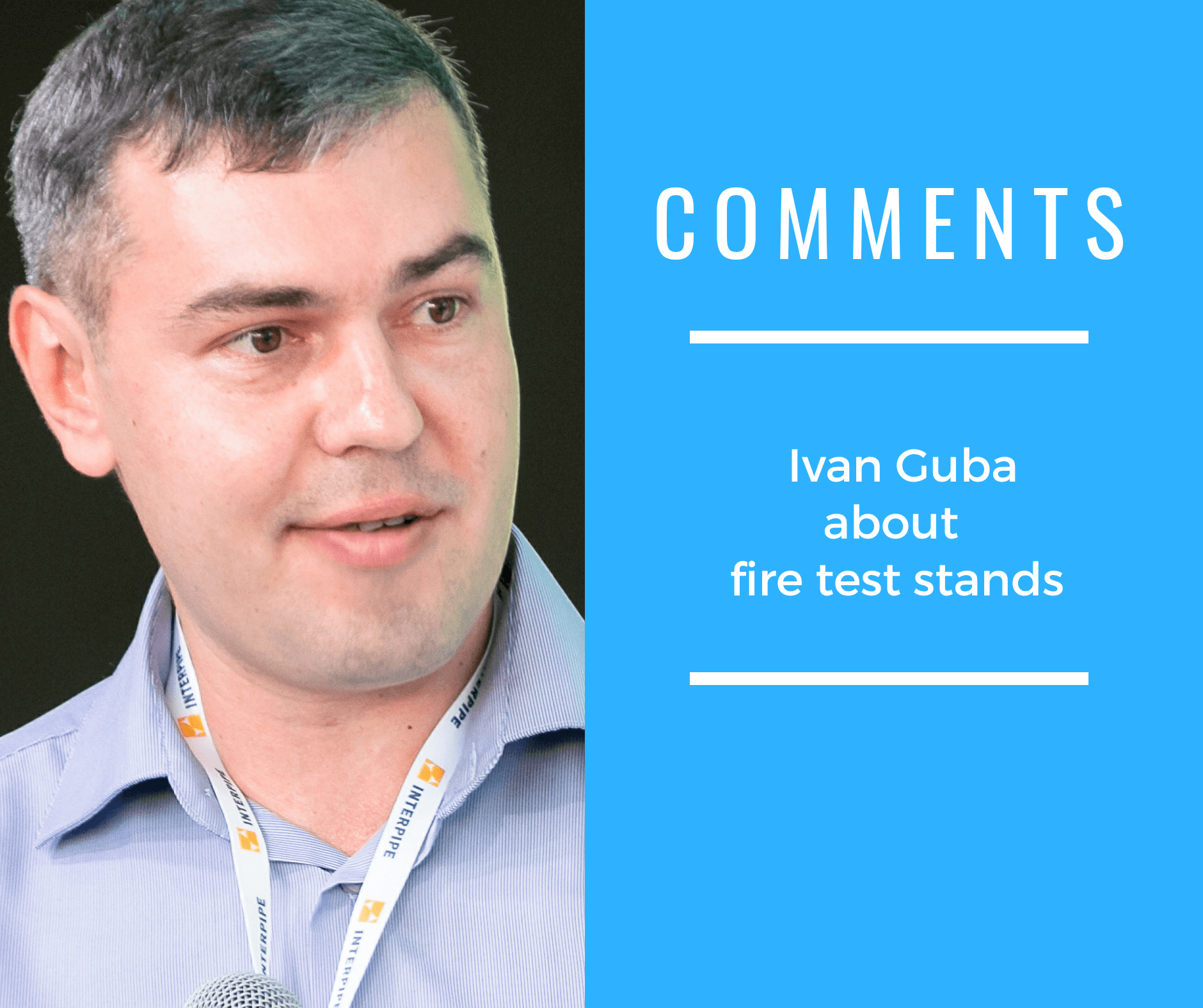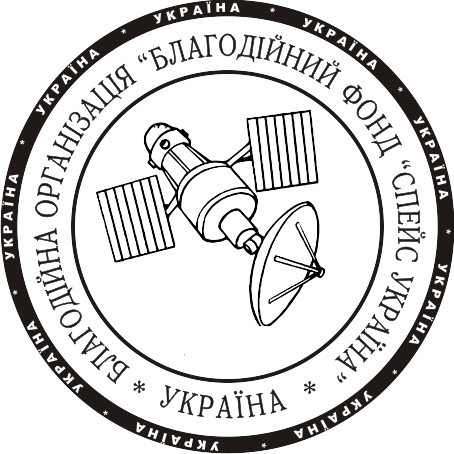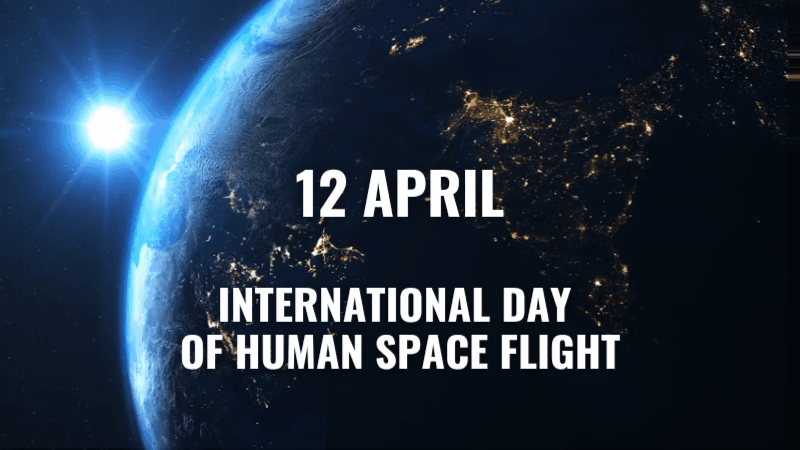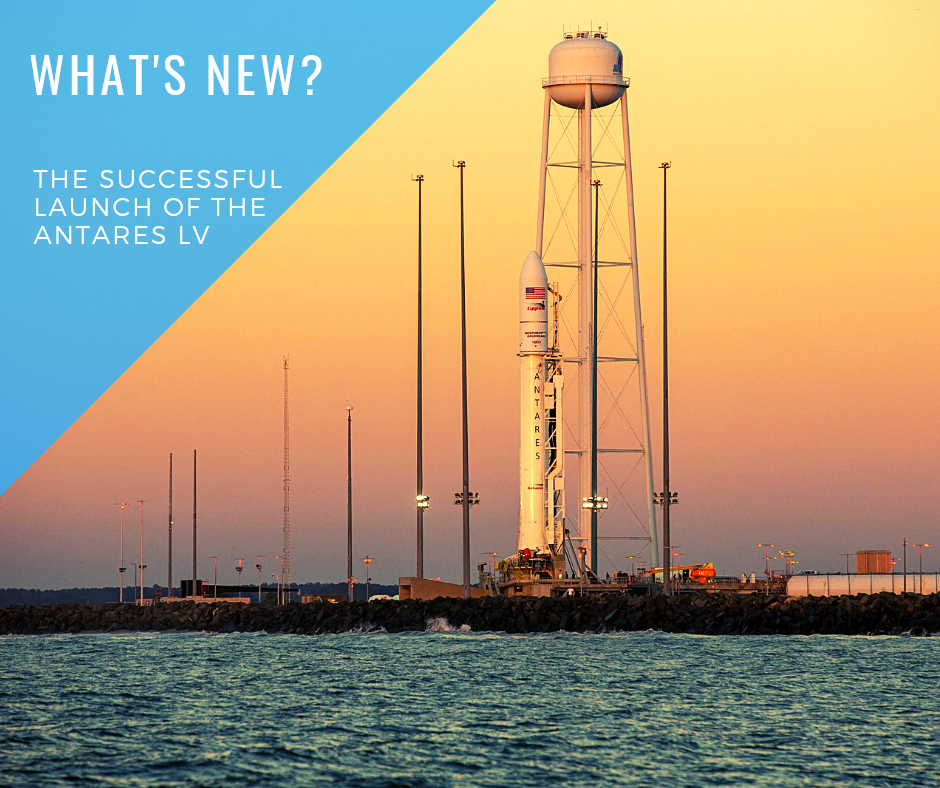Ivan Guba is the head of the testing shop of a specialized production for testing liquid-propellant rocket engines No. 100 (Factory-100 or Area-100).
- What rocket engines can be tested at the YUZHMASH test stands?
Currently, it is possible to test engines with oxygen-kerosene fuel components with thrust of 1 to 120 tons. This is one workplace, which was created for engines of the Zenit LV. Of course, other rocket engines operating on the same propellants can be placed on the stand. To work with third-party products, you only need a small stand adaptation, which will take a minimum of time.
There are workplaces for testing engines with a fuel pair of «amyl-heptyl». One of the stands, where the third stage of the Cyclone-4 launch vehicle with RD861K was tested, is completely vertical. On this stand, you can test engines with a capacity of 1 to 10 tons of thrust, and not only sustainer, but also steering.
Another workplace for amyl-heptyl is designed to test engines of 1 to 250 tons of thrust.
There are workplaces, where autonomous rocket engine components can be tested. Now the stand is being prepared for testing the combustion chamber. You can test turbopump units, valves, pneumatic elements, check valves. The total possible volume of loading stands is very large.
During the entire existence of our division, more than 17 thousand rocket engines have been tested.
- What can be the maximum load of test stands?
Only one engine per week can be tested at each workplace. But since there are several stands, it is possible to distribute the load in such a way that two tests are carried out on different stands in a week. In general, we can carry out four or more tests. But there are nuances. More precisely, one can say only knowing what kind of engine we are talking about and what the program of its tests is.
- What is the current loading situation and what does the unit load depend on?
It depends on orders. Now the load is not very large due to the lack of orders for the Cyclone and Zenit launch vehicles. But we are working on other projects, the other day we finished the final development tests No. 2. Now tests are being prepared for a project with India.
Besides, two projects are being prepared with Yuzhnoye State Design Office: RD809 and RD815 – demonstrator of the gas generator. In fact, we need a command and funding to continue the work further. Now we have already done everything that was required of us.
If we have engines, then in about a month or two we will be ready to test them serially.
Now, for testing the RD815 demonstrator, we have completed all the preparation of the stand for installation, piping, supplying fuel components to it, and connecting the control. We are only waiting for the engine itself.
- What are the environmental risks during tests? Is such work safe for the environment?
Environmental issues are very relevant. There are always risks, but we try to minimize them and bring them to zero. In case of emergency situations, the facility provides for engine emergency shutdown systems, fire extinguishing systems: nitrogen, water, chemical foam extinguishing, depending on which engine is being tested. The storage tanks for fuel components and working tanks are made on the principle of a bath. If a component is spilled, it collects under the containers and goes down the industrial drain. Then all this is passed through filters of enhanced cleaning, and the water comes out already clean. We have the most powerful neutralization station in the city.
During tests, afterburners are used, which neutralize combustion products and fuel residues after the engine is stopped. That is, we reduce environmental risks.
We have a good tradition of planting new trees every year, as trees are a protective zone that purifies the environment. In addition, analyzes are constantly taken to help monitor the state of the environment. Exceeding the norms is not allowed. All indicators are recorded and monitored before, after and during testing.
- With what countries is YUZHMASH working on tests now? Are there any third-party test orders or orders from the government only?
Now we have a contract with India to develop the “cap” and the engine itself. At the beginning of this year, we should have already received an engine from India, or rather a “cap”. “Cap” is a combustion chamber without a turbopump unit, without a gas generator, or it is a combustion chamber with a gas generator and injectors, ie. It is a part of the engine. But due to COVID-19, the delivery has so far been postponed. The main critical component on all engines is the gas generator. The “hat” needs to be worked out first. Now, if the gas generator is used up, then the whole system will work normally. This unit is the most tense, takes the first blow, everything passes through the gas generator, after which it enters the combustion chamber.
- What factors influence loading?
Having orders, of course. First of all, government orders. This is now difficult, but we cannot influence it. We are always ready to work and are confident in ourselves. For our part, we fully comply with all the requirements that designers and customers make to us. There have never been any complaints or failures.
Last year, for the first time, we tested the 7000K product. This is the third stage of the complete Cyclone-4 LV. Neither during the Soviet Union nor during the period of independent Ukraine such tests were carried out. Moreover, the whole range of tests was carried out, from “cold” tests, when spills are made, to complete working out of the entire working cycle of a stage.
- So, is this a simulation of a launch?
This is not a simulation of a launch, or even an imitation. This is the actual duty cycle of a rocket stage. If nothing held it, it would fly away. The stage worked in autonomous mode; it had an onboard power source, its own cyclogram. We controlled the entire system. The system worked completely autonomously, but we could adjust the process, if it is necessary, and in a small range. Today, the third stage is ready and fully worked out, it can be put on promising launch vehicles.
At the moment, we have carried out more than 30 engine tests on the Cyclone-4, and have worked the large resource. YUZHMASH specialists and designers are sure that the engine is good, it is worked out.
Many countries are trying to abandon amyl-heptyl and want to switch to oxygen-kerosene as more ecological components. But today, not all countries can develop such an engine or afford to buy it. A large and experienced team of specialists is needed to create such products. As the example India, which has concluded an agreement with us. Indian experts assumed that they would quickly assemble the engine on their own and send it to us for testing, but they have been assembling it for about two or three years. At the same time, they consulted with us on how to properly weld, how to prepare the engine, how to select the material and perform its machining. It is not so easy. YUZHMASH still has this potential and precious heads, which can do all this, can transfer experience, they are still working. But if it goes on like this, it will be hard.
Our test production can now work with such component pairs as amyl-heptyl or oxygen-kerosene only.
There was a contract for the stand modernization, now it is operating on amyl-heptyl fuel components, for oxygen-kerosene for the development of the RD815 rocket engine. We have prepared technical documentation for the stand modernization, so that it works on two pairs of components. The technical documentation has fully passed the expertise, the development has been completed, estimates have been prepared, but an investor who would like to participate in this has not yet been found. There is a prepared and calculated project.
There were also requests to work with monofuel. But in this case, the question was not worked out in details.
- How many companies in the world can carry out such tests?
There are very few of them in the world, and these are, as a rule, not private companies, but countries. For example, the United States is a leader in the space industry, where private companies have long been able to deal with space. But they carry out tests at NASA test landfill and stands. Private companies have no any test stands. Also, China has its own test stands, Korea, which has already built test stands, the European Space Agency, with which we are in cooperation on the “Vega” project. Only about 10 countries in the world can afford such equipment. It needs to be monitored, maintained and tested. It is not so easy.
To create a complex for testing the engine, the capabilities of the state are needed, not a private company. To build at least one stand requires a great amount of resources: financial, professional and highly qualified specialists who understand this. During the Soviet era, the stand was built on average in a year and a half. Our stands are of a closed type, and the Americans are now making stands of an open type, and they simply use metal structures during construction to keep the engine at a certain height. But in this case, the equipment is more vulnerable to climatic loads. When it rains it will be flooded, constant drying is necessary, you need to monitor and close it from direct sunlight, avoiding excessive heating.
In conclusion, I would like to say that we have ready-made working areas, workplaces for testing propulsion systems, where we can work out any engine that the customer requests. There is potential, there are specialists. Everyone is in favor to work, and we are ready.



